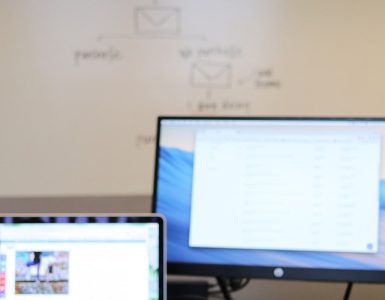Learning and development (L&D) isn’t just about offering occasional training sessions. It’s about building a dynamic, continuous approach to skills development that can keep pace with evolving technology and market demands. As businesses strive to stay ahead, having a robust learning culture can mean the difference between staying stagnant and driving success.
What Does a Dynamic Approach Look Like?
A dynamic skills development strategy is adaptive, personalized, and continuously evolving. It’s designed to meet the diverse needs of your workforce, from entry-level employees to top-tier executives. One of the key trends shaping L&D today is the shift from static, one-time training to ongoing, modular learning experiences. This approach allows learners to access content when they need it and tailor their learning path based on personal goals and job requirements.
One of the most powerful tools for building this dynamic environment is technology. Learning management systems (LMS) and artificial intelligence (AI) are enabling personalized learning at scale. With AI-powered recommendations, learners can receive curated content suited to their skills, job roles, and future career aspirations. Additionally, incorporating mobile-friendly, on-demand content makes learning accessible anywhere and anytime, helping employees develop skills at their own pace.
Why Is It Important?
The importance of a dynamic L&D approach is underscored by the fact that business landscapes are changing faster than ever. Employees need to be agile, and continuously upskilling to meet new challenges. According to recent insights from Gartner, companies that provide ongoing skill development are more likely to see improved employee performance and engagement. These companies are also better positioned to retain top talent, who increasingly expect opportunities for growth and development.
Furthermore, building a learning culture that is agile and evolving helps businesses stay ahead of the curve. It supports innovation, enables quicker adaptation to market shifts, and fosters a growth mindset across the organization. By empowering employees with the skills they need, companies can nurture a workforce that is capable of driving long-term success.
How to Build a Dynamic Approach?
Here are the key pointers to integrate into your L&D strategy to build a dynamic approach.
Leverage Technology: Implement learning platforms that allow for personalized, flexible learning journeys
Focus on Continuous Learning: Create opportunities for employees to develop skills on an ongoing basis, not just during structured training sessions
Encourage Collaboration: Build a community-driven learning culture where knowledge sharing is encouraged, enhancing peer-to-peer learning
Measure Success: Continuously assess the impact of learning initiatives to ensure alignment with business goals and employee development
Conclusion
Adopting a dynamic approach to L&D is an essential part of a modern, competitive business strategy. By creating a flexible, engaging, and continuous learning environment, you equip your employees with the skills they need to thrive in an ever-changing world.








